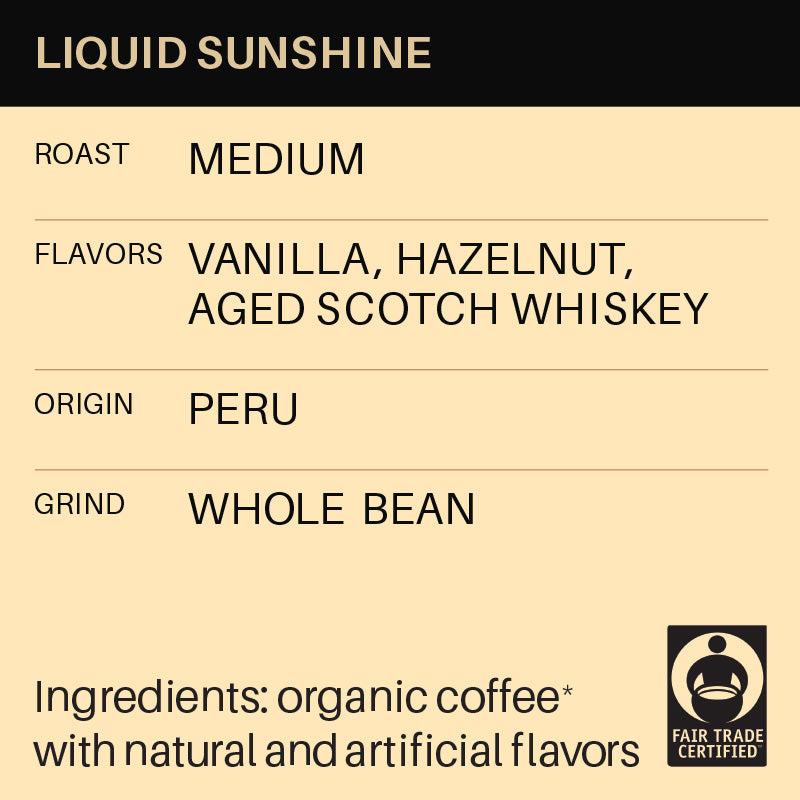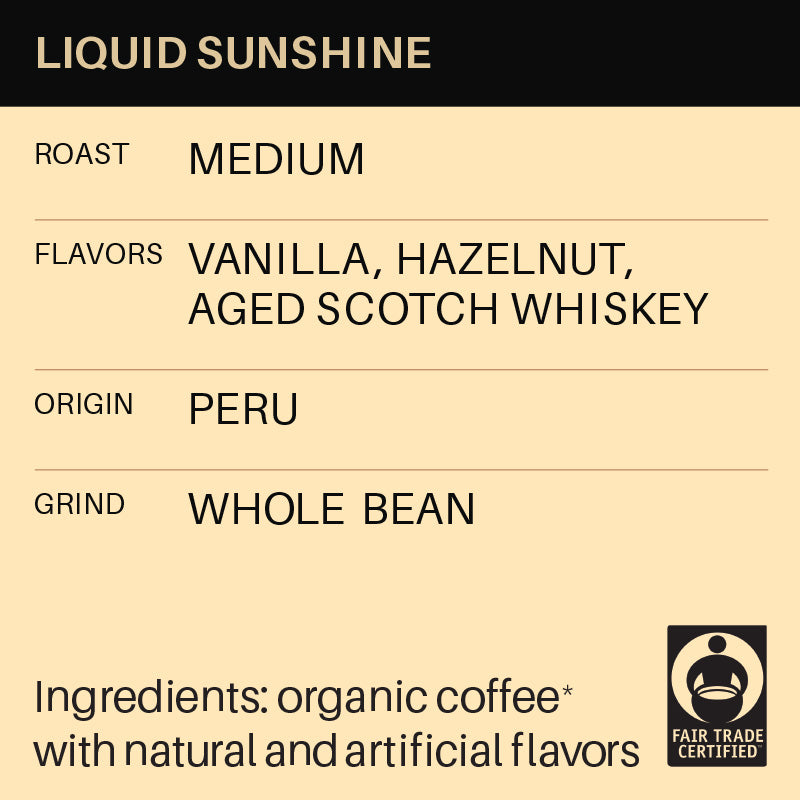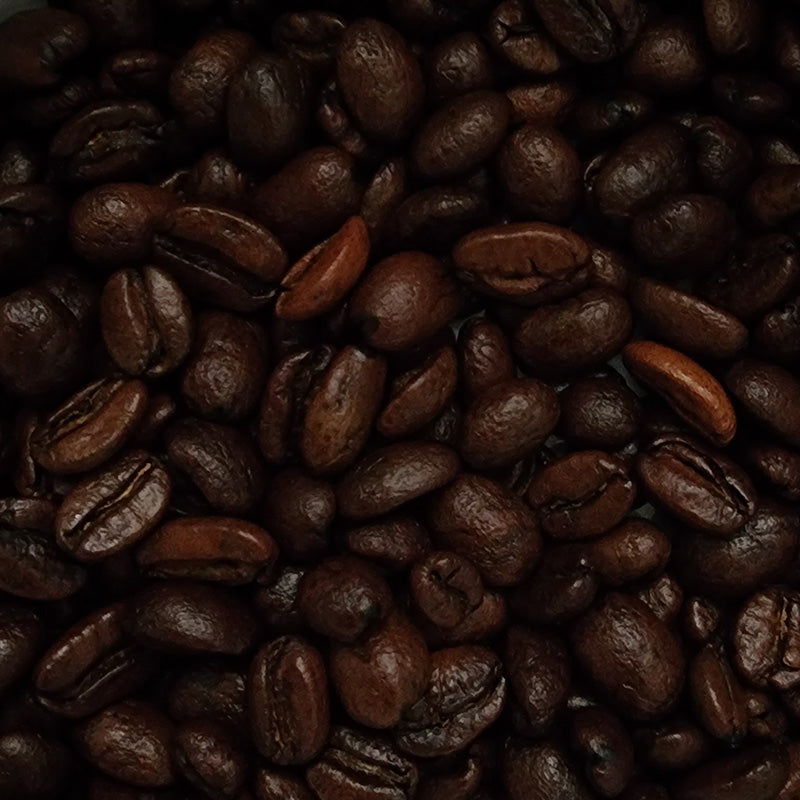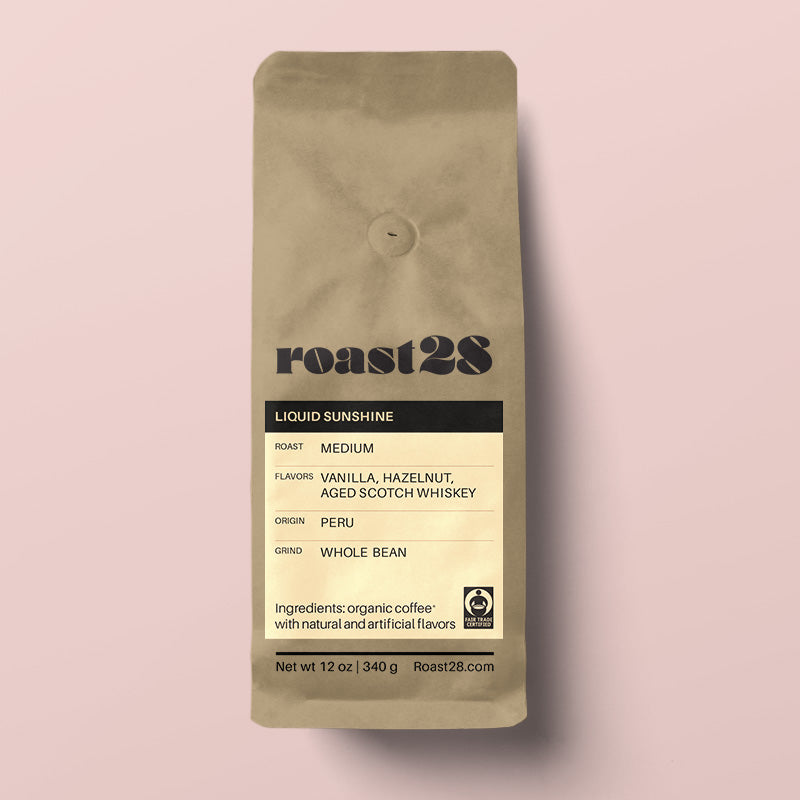Learning how to brew coffee efficiently not only improves your cup but also reduces water and energy usage. By adopting mindful brewing techniques, you can minimize waste while still enjoying great-tasting coffee. Simple adjustments like using the right amount of water, choosing energy-efficient equipment, and optimizing brewing time can make a big difference in both your coffee and your environmental footprint.

How to minimize water and energy usage in brewing
Choosing the right amount of water for different brew methods is one of the easiest eco-friendly coffee options. For drip coffee makers, using a standard ratio of 1:15 coffee to water ensures less waste and a perfect cup. For pour-over methods like Chemex, a 1:16 ratio reduces water usage while enhancing flavor. French press users can aim for 1:13 to minimize leftover water. These adjustments not only improve taste but also help conserve resources, making your coffee brewing more sustainable.

Purchase equipment thoughtfully
Choosing energy-efficient equipment is key to making environmentally friendly coffee. Look for coffee makers with energy-saving features like automatic shut-off and low-power modes. Opt for manual brewing methods such as a French press or pour-over, which use no electricity. If you prefer electric options, choose certified energy-efficient models that consume less power. By selecting the right equipment, you can reduce your energy consumption while enjoying your daily cup of coffee in an eco-conscious way.

Avoid over-extracting
Optimizing brewing time is one of the best brewing tips for making a great cup of coffee while reducing energy use. For methods like pour-over and French press, stick to recommended brewing times—about 3-4 minutes—for optimal flavor extraction. Avoid over-extracting, which wastes time and energy and can result in bitter coffee. Automatic coffee makers with programmable features allow precise timing, ensuring efficiency. By controlling your brew time, you can save energy while still achieving the perfect cup every time.

Digital scales for precision brewing
Using a digital scale is one of the most effective coffee brewing tips for minimizing water and energy usage. By accurately measuring coffee and water, you avoid using excess water that could lead to longer brewing times and wasted energy. A precise coffee-to-water ratio helps ensure efficient extraction, reducing the need for reheating or over-brewing. Incorporating a digital scale into your brewing routine enhances consistency and makes your coffee-making process more eco-friendly.

Adjust recipes with grind size
At Roast28, we’re committed to offering eco-friendly coffee options that not only taste great but help conserve resources. Each of our coffee flavors comes with thoughtfully crafted recipes designed to minimize brew water and energy usage. By following these guidelines, you can enjoy the full flavor of our coffee while reducing your environmental impact. Together, we can make a difference—one eco-friendly cup at a time.




